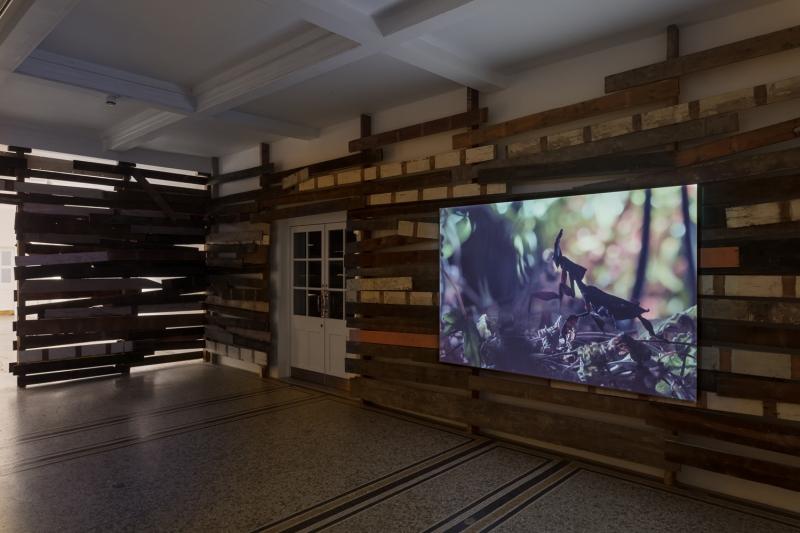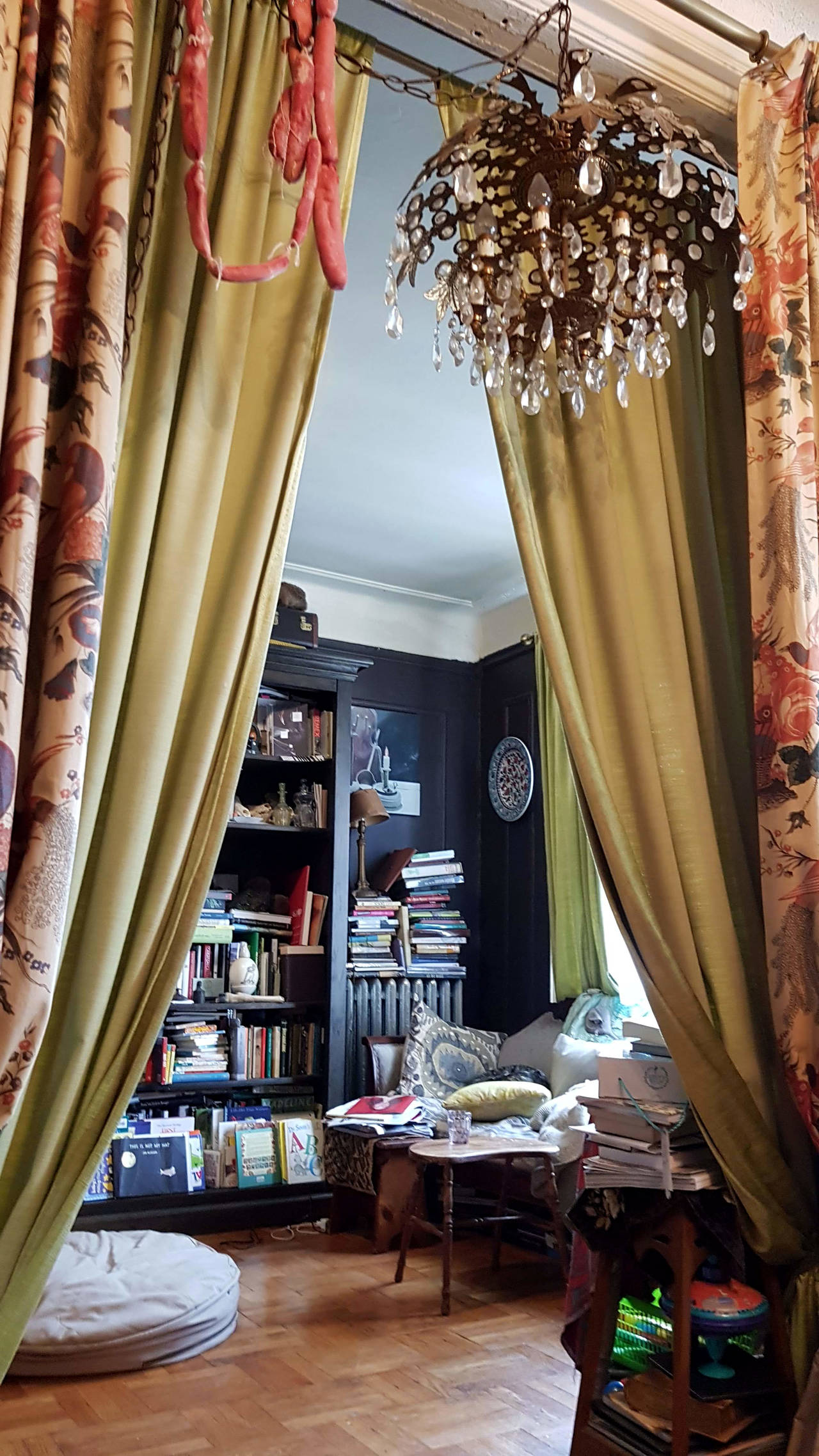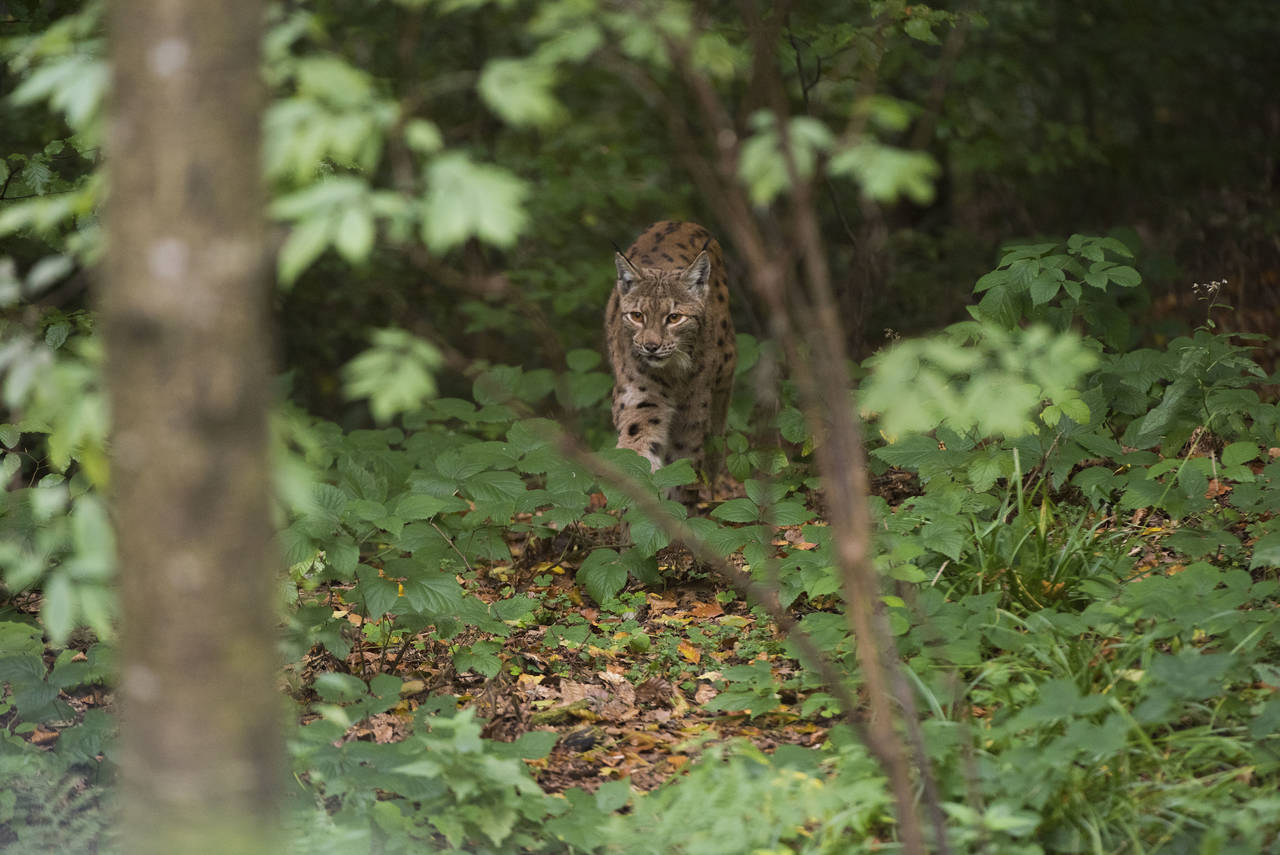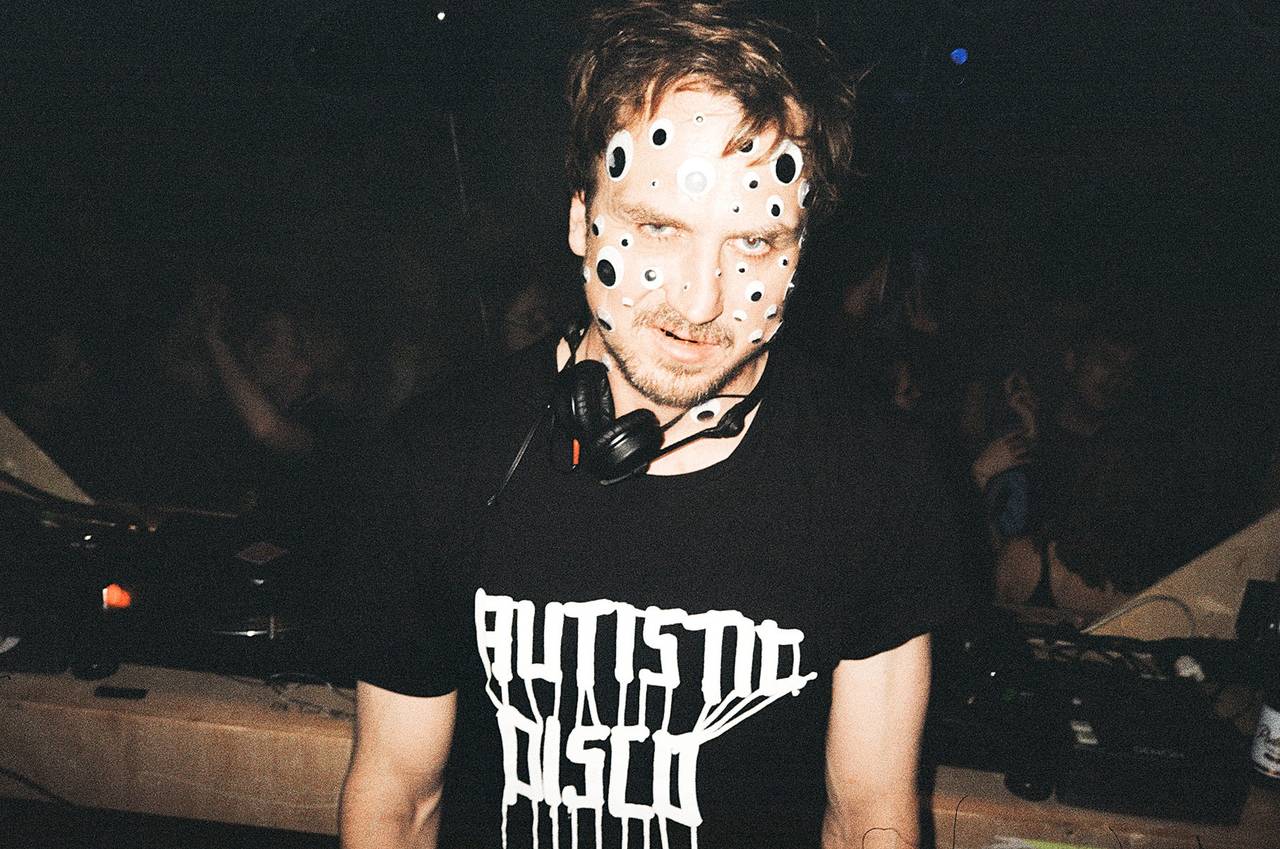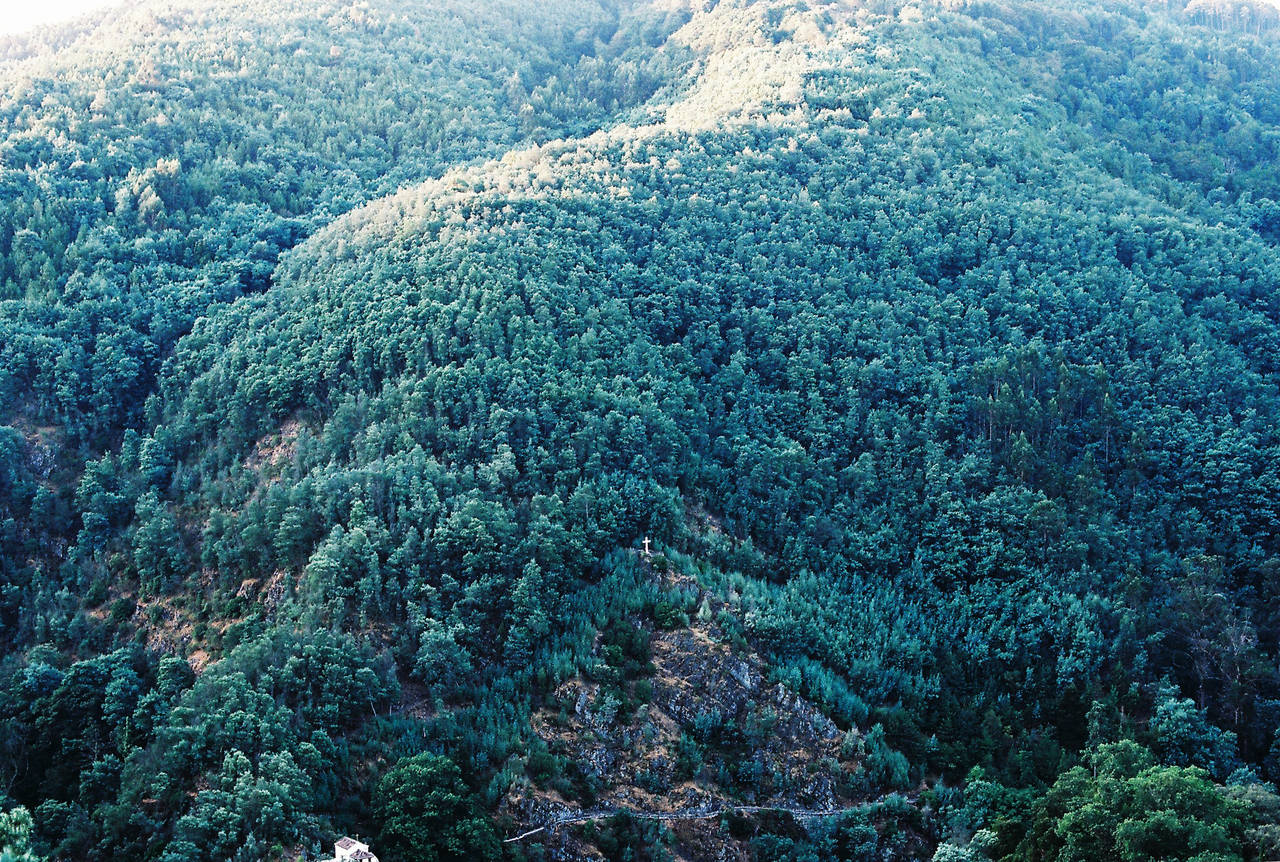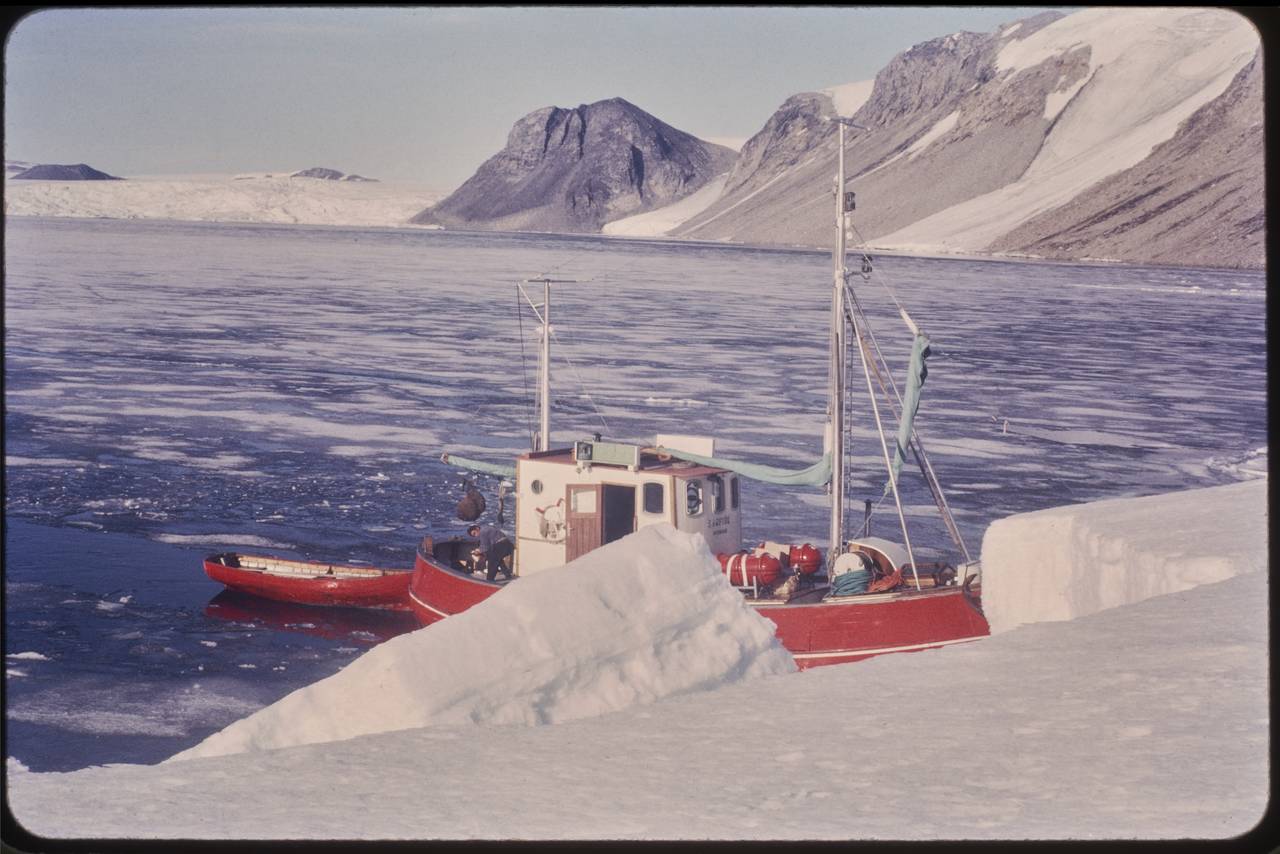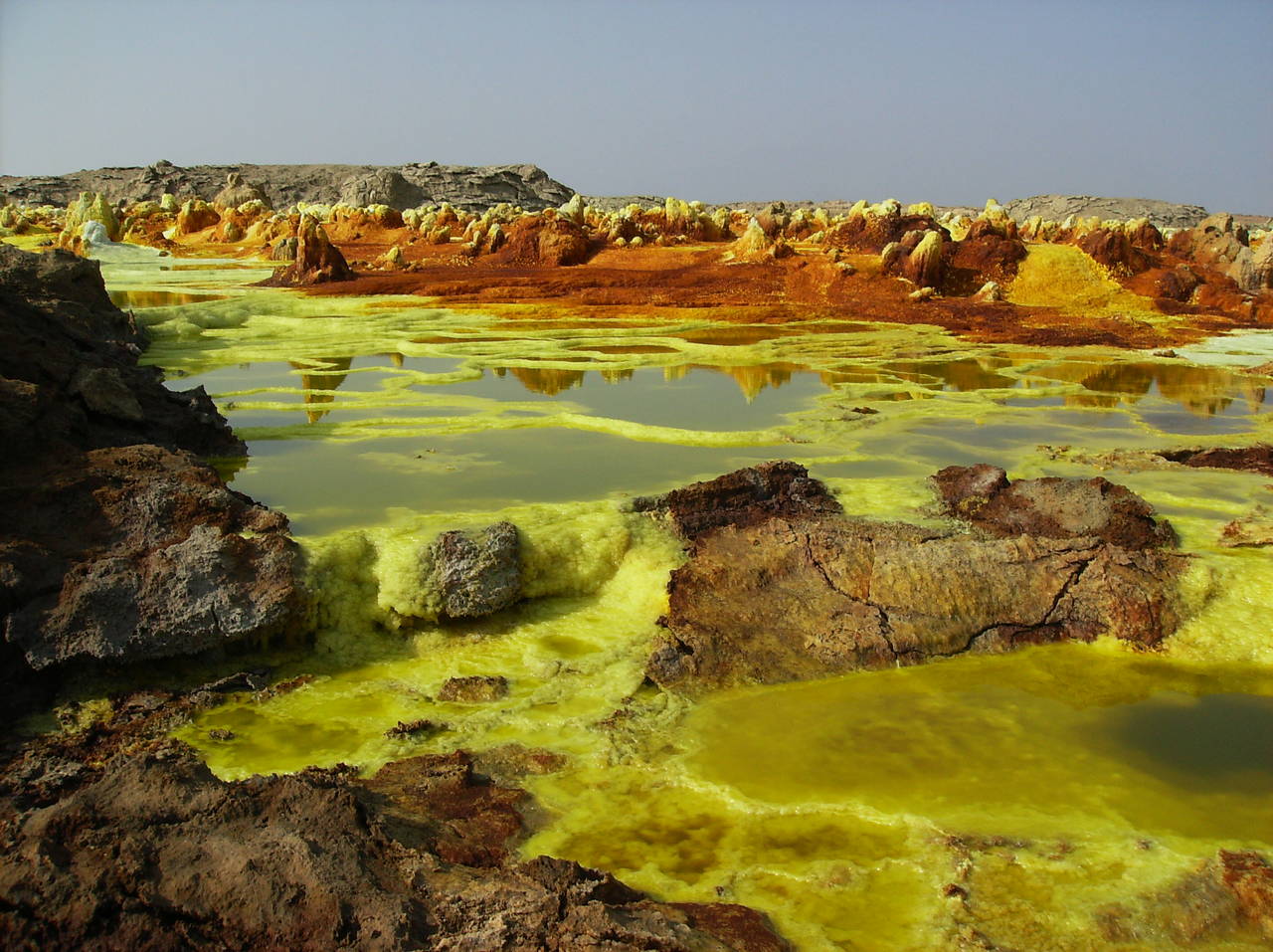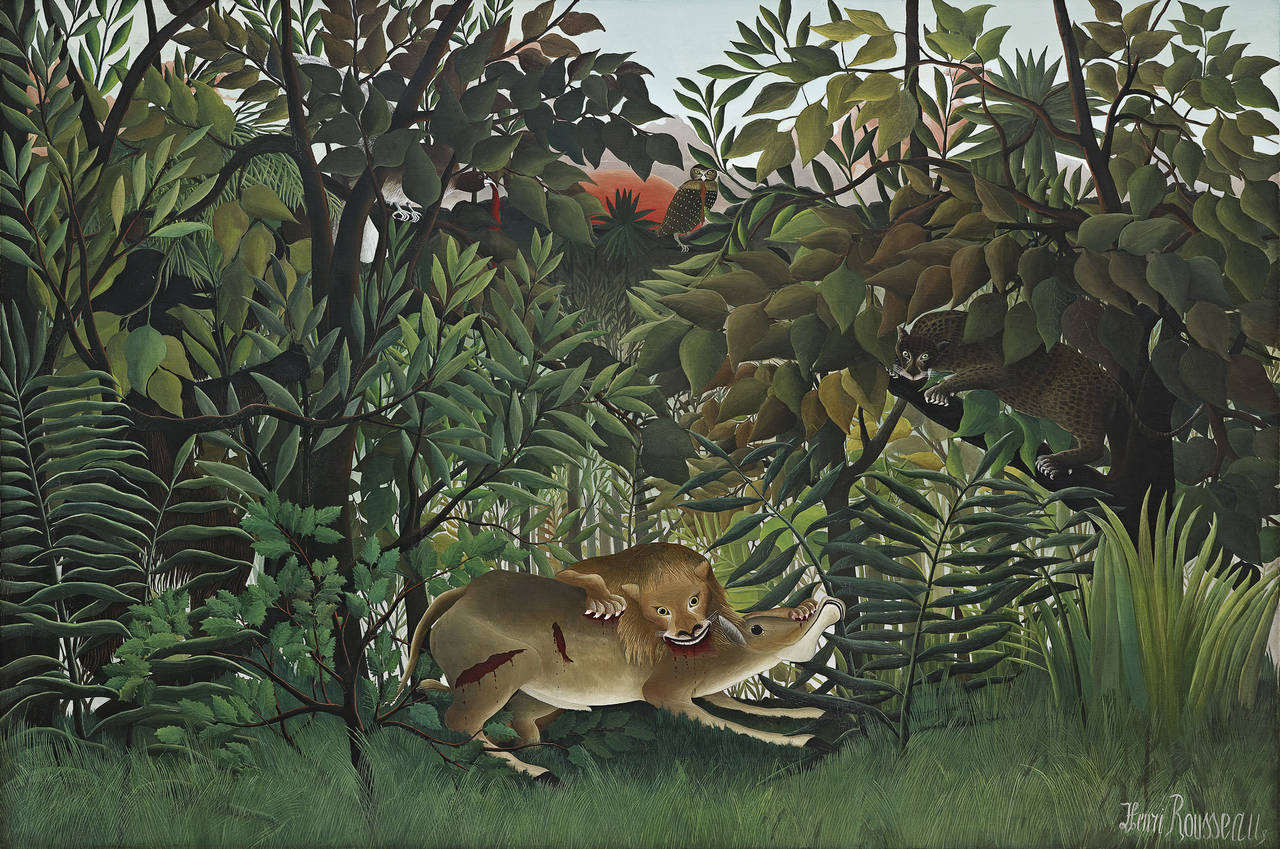About praying mantises, insect-like plants and nightmares. We met Joachim Koester on Skype. His work is still on display in the WILDERNESS exhibition at the SCHIRN until February 3rd.
“Wanna see a praying mantis?" A small boy with big blue eyes and a shock of full brown hair is staring up at me. I'm confused. Praying mantises here in Boston? I slowly nod and follow the five-year-old who grabbed my hand, pulling me forward impatiently. And there in the plastic flower arrangement in front of a dry cleaner’s hangs a bright green praying mantis the size of a brand new pencil looking warily at the crowd forming around it. Later the same week I meet Danish visual artist Joachim Koester for an interview on his work on display in the SCHIRN’s WILDERNESS exhibition, including a picture called “Idolomantis diabolica,” a black-and-white photograph of a praying mantis. When I tell him about my surreal, almost encounter he smiles as if he knows something that I don’t. “Wow. It was good that you had that meeting. It was probably the green one with the triangular face, right?”
We meet via Skype, since he is preparing a show at the National Gallery of Copenhagen and I'm sitting at my living room table in Boston. When the screen comes to life, the first thing I notice are the whitewashed walls and four slim, black pipes running along the ceiling from one corner of my screen to the other, giving the scene a kind of structural feeling. There are two black-and-white posters in the background. Koester wears a black hoodie with gray inner lining. His salt-and-pepper hair is very short. When I ask if he’s in his exhibition space he shakes his head. “No I'm in my studio.” He waves around, then decides differently and grabs the computer to give me an actual tour of the place. There are boxes in one corner – they are from his partner, also an artist – and a skylight in the other. In the middle of the room sits a man with headphones on. "We're working on a sound piece, me and Stephen [Pedersen], we are doing a collaboration. Say hi Stephen." (Stephen waves) “He is mixing sound for the National Gallery exhibition right now.” After he has sat back down at the small table, the camera focus is back on the monochromatic background.
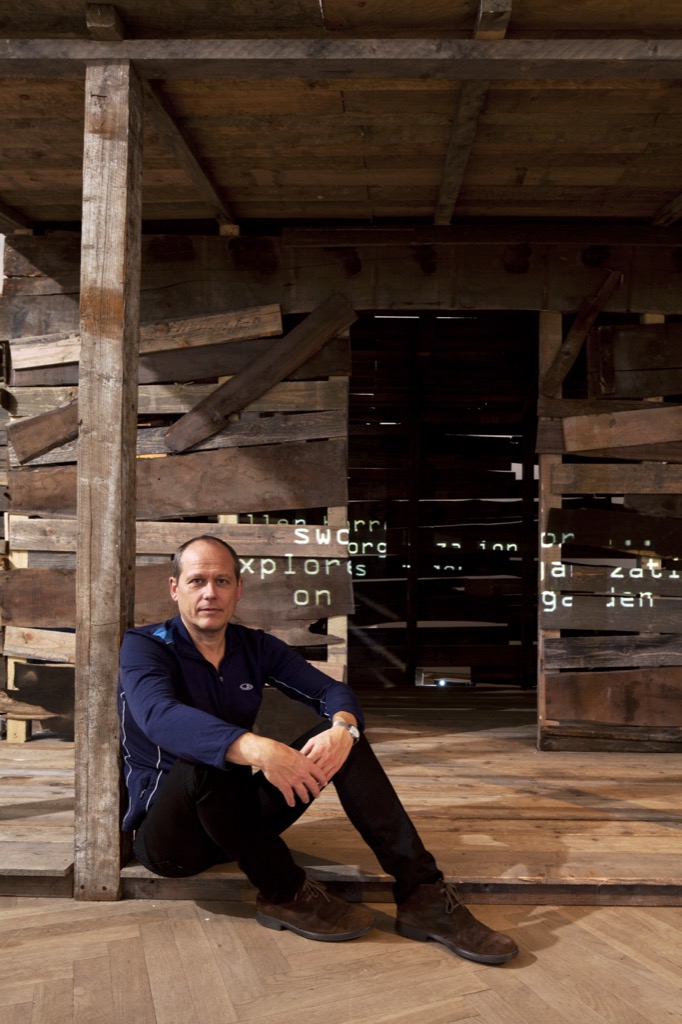
NATALIE WICHMANN: “Let’s jump right in: When did you first know that you wanted to be an artist?”
JOACHIM KOESTER: “That's a good question. I think I got interested in [art] in my mid or even early teenage years. I would do these... you know when you carve into linoleum? What are they called?”
NATALIE WICHMANN: “In Germany we call them Linolschnitt [linocut].”
JOACHIM KOESTER: “Yes, yes Linolschnitt. I would do those in my room. I think I did one of Jimmy Hendrix. I might even have done one of Aleister Crowley, just from images, you know.”
Aleister Crowley is one of those historical figures connected to the occult who dominate Koester’s work. The English ceremonial magician, writer and poet founded his own religion, “Thelema,” in the 1920s and moved with a small group of followers into the so-called “Abbey of Thelema,” a house on the outskirts of Cefalù, Sicily. There newcomers would start their “magical training” heavily drugged in “The Room of Nightmares,” a small room with full wall frescoes depicting grotesque scenes from earth, heaven, and hell. After being shut down in 1923 by Mussolini, the abbey fell into oblivion until Kenneth Anger, an experimental filmmaker, restored the Room of Nightmares in the 1950s for a photo shoot. The next person who stepped foot in the house was probably Joachim Koester himself; he re-discovered it for his “Morning of the Magicians” series.
JOACHIM KOESTER: “I used to paint; I got into art school [in Copenhagen] as a painter. But I was also taking pictures. I remember I took a photograph of graffiti in Amsterdam. It was about this actor… Bela Luigi? You know, the one that played Dracula? Anyhow, the graffiti said ‘Bela Luigi is dead.’ I would show photographs like this together with my paintings, and still think I was a painter. But then I met real painters in art school and found out that I was not a painter [laughs a little]. I was more interested in backstories, in doing something more spacious. After three or four years, I started doing mainly photography, video, and installations.”
I was more interested in backstories, in doing something more spacious.
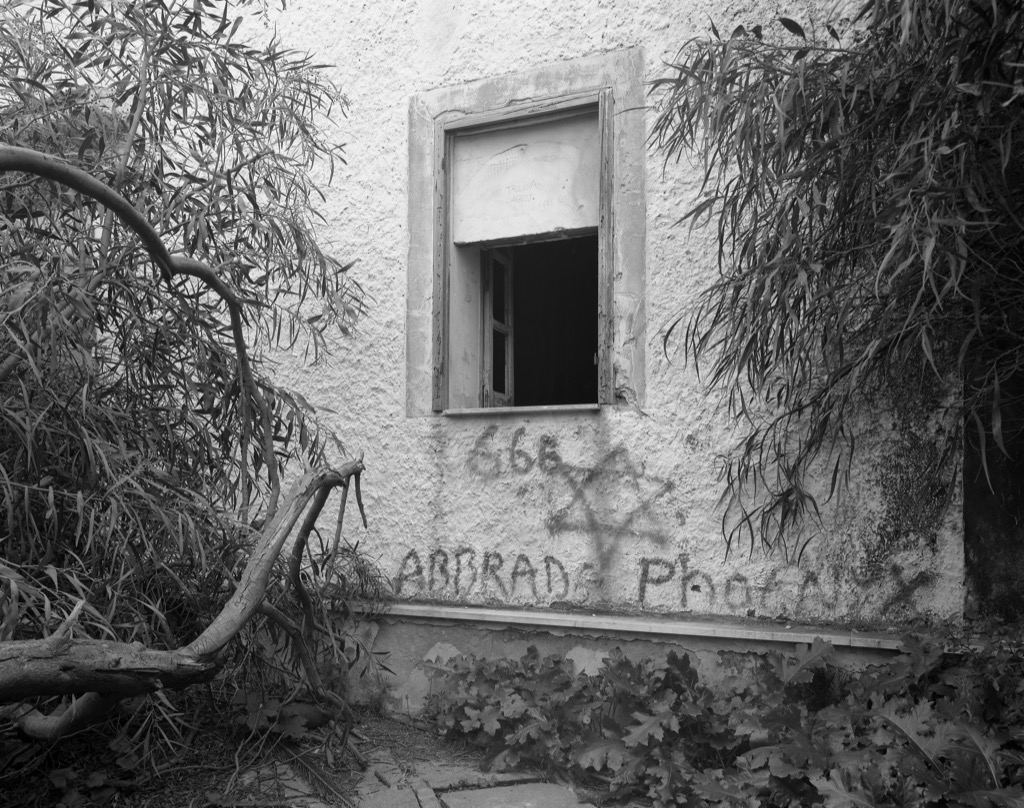
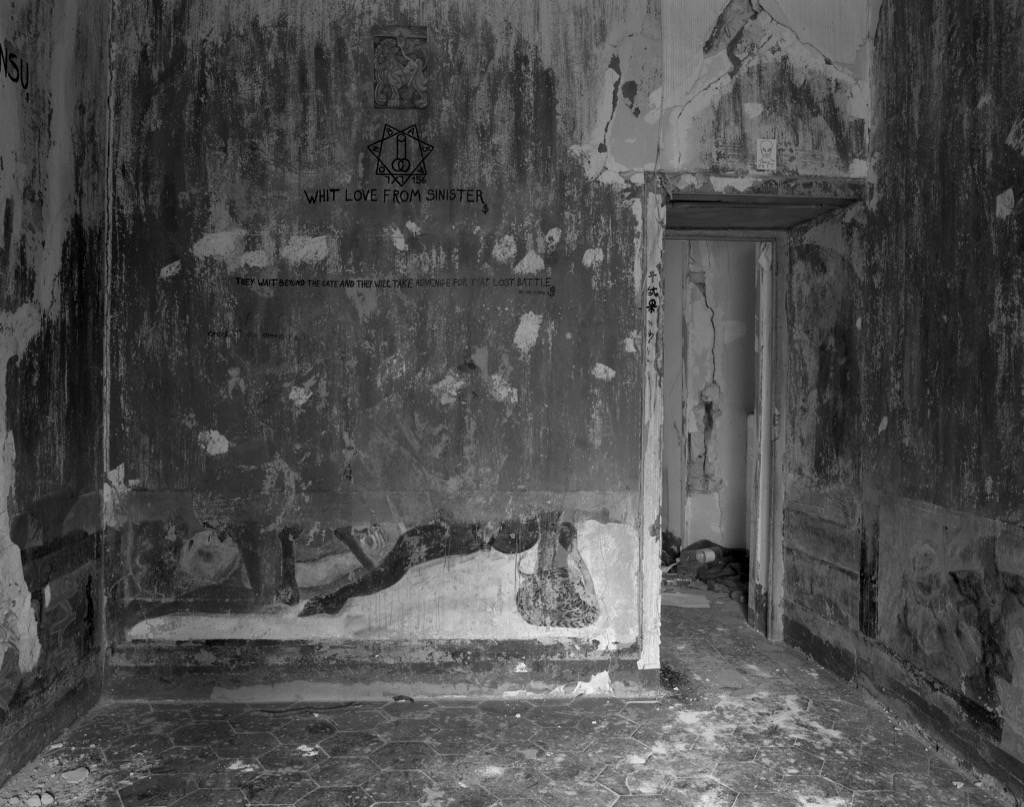
NATALIE WICHMANN: “Do you know what this graffiti in Amsterdam was about? Did the actor actually die back then?”
JOACHIM KOESTER: “I don't know. I have no idea why somebody would write that. Bela ... Luki? He might also be the one who played Frankenstein, he definitely played Dracula. He's like a classic horror figure. That was in 1986. You can probably check if he was dead at that time. [Koester starts typing in the background – it seems hard for him not to know the name of the famous Dracula actor. And then his face lights up.] Bela Lugosi. That's it! He played Dracula. Let's see when he died. Oh, he was born in 1882, so he was probably dead in 1986. Maybe he was coming back from the dead?” [laughs]
NATALIE WICHMANN: “You like to research a lot, especially for your work, right? What comes first: the idea, the theme or the space where you’ll show it?”
JOACHIM KOESTER: “I think it's a gradual thing. It just starts with an interest in something, something that almost resembles a hobby. So I can approach it as an amateur with all the passion of just liking something, like watching praying mantis videos on the Internet or something like that. And then I think it kind of builds from there. My works kind of make themselves a little bit.”
So I can approach it as an amateur with all the passion of just liking something, like watching praying mantis videos on the Internet or something like that.
NATALIE WICHMANN: “How does this intense interest in a specific topic come about? What can pique your interest?”
JOACHIM KOESTER: “Could be different things, I think. Hm. When I did “Morning of the Magicians” I heard one person at a party talk about that place, the house where Aleister Crowley once lived in Sicily. And that got me hooked. When I went to Cefalù I was kind of uncertain if it was still there. The way I re-discovered it is mirrored in how viewers might approach the photographs I did once I exhibited them. Especially if they read the text that I wrote, they will see more and more in those images. They will recognize things like the Room of Nightmares or the boarded-up windows, the caved-in roof, things like that.”
NATALIE WICHMANN: “The boarded-up windows remind me of the structures you build out of wooden planks for some of your exhibitions. Is there a connection? Why do you do that?”
JOACHIM KOESTER: “There are different reasons for that. For one of my first exhibitions in 1993 I boarded up a gallery. At that point I didn't really know what to exhibit so I came up with the idea of boarding up the windows. I’m also very interested in the horror image of the boarded-up house and all the connotations that come with it. There is this scene in ‘True Detective,’ the TV series, where they’re investigating an abandoned storage shed and find these little sculptures that the killer makes. The detective asks the person who lives on the property if she knows about this and she says that she hasn’t been in there for a while. And that interests me, the meaning of these places we haven’t really been in for a while. They’re kind of not exactly hidden, but maybe forgotten.”
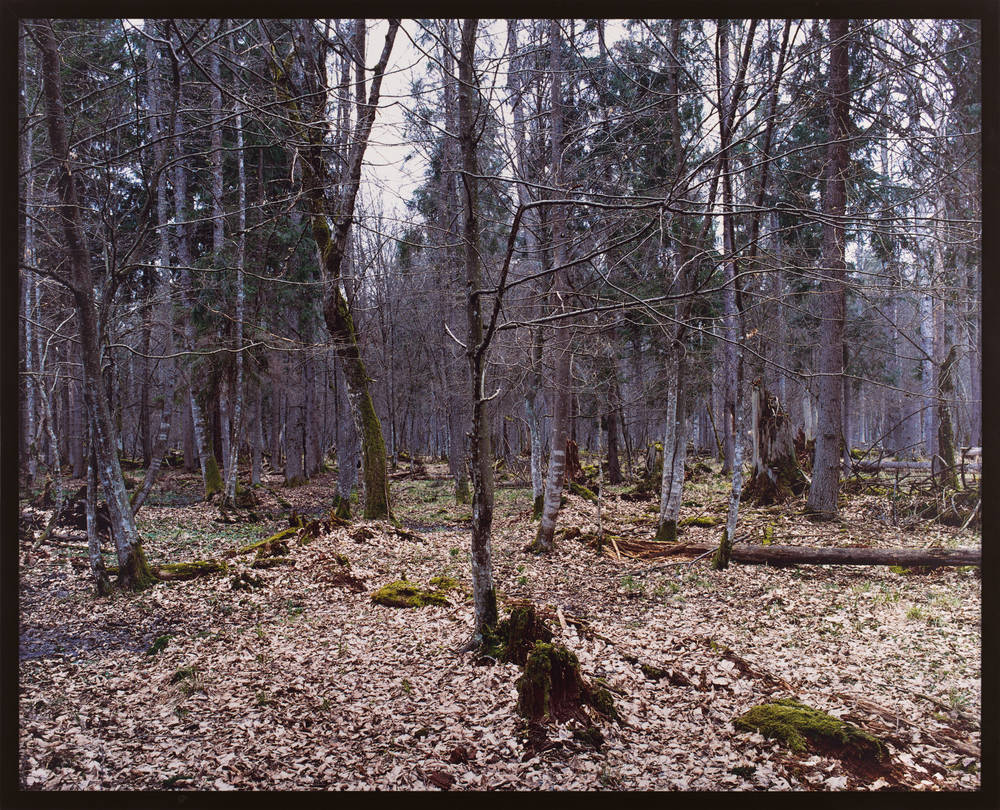
NATALIE WICHMANN: “OK, let's talk about the pieces that are on view in the WILDERNESS exhibition. There are two color photographs from the ‘Bialowieza’ Forest series from 2001 and a black-and-white photograph from the ‘Idolomantis diabolica’ series from 2017. Let’s start with the forest, how did you get interested in it?”
JOACHIM KOESTER: “I had done a piece about the Greenland ice caps. I was interested in them because Greenland is part of Denmark. I guess I got really fascinated by the Arctic as a fantasy space for Western culture. And I think the Bialowieza Forest is also a kind of fantasy space, being the primal forest, a forest of myth, so to speak, because it’s THE forest. It’s basically how the whole of Europe looked 8,000 years ago and I find that fascinating.”
NATALIE WICHMANN: “It is. The idea that those trees weren’t planted or cut by human hands makes it very special, right?”
JOACHIM KOESTER: “Yes, it’s a very old place. And the forest is full of images: It’s a generic forest, but it’s also somehow a super-forest. It’s all the images you have ever seen of a European forest combined.”
NATALIE WICHMANN: “So did you film there, too, or just take photographs?”
JOACHIM KOESTER: “I did film, but I never showed it. I just wasn’t really happy with the film [smiles]. It was actually not that easy to photograph there, either. It’s not easy to frame a forest. I mean I saw things, but it would be so hard to capture the things I really saw and experienced, so to speak. I took a lot of photos, I did a lot of printing and a few, really just a few of them convey that it’s a different place.”
It’s not easy to frame a forest.
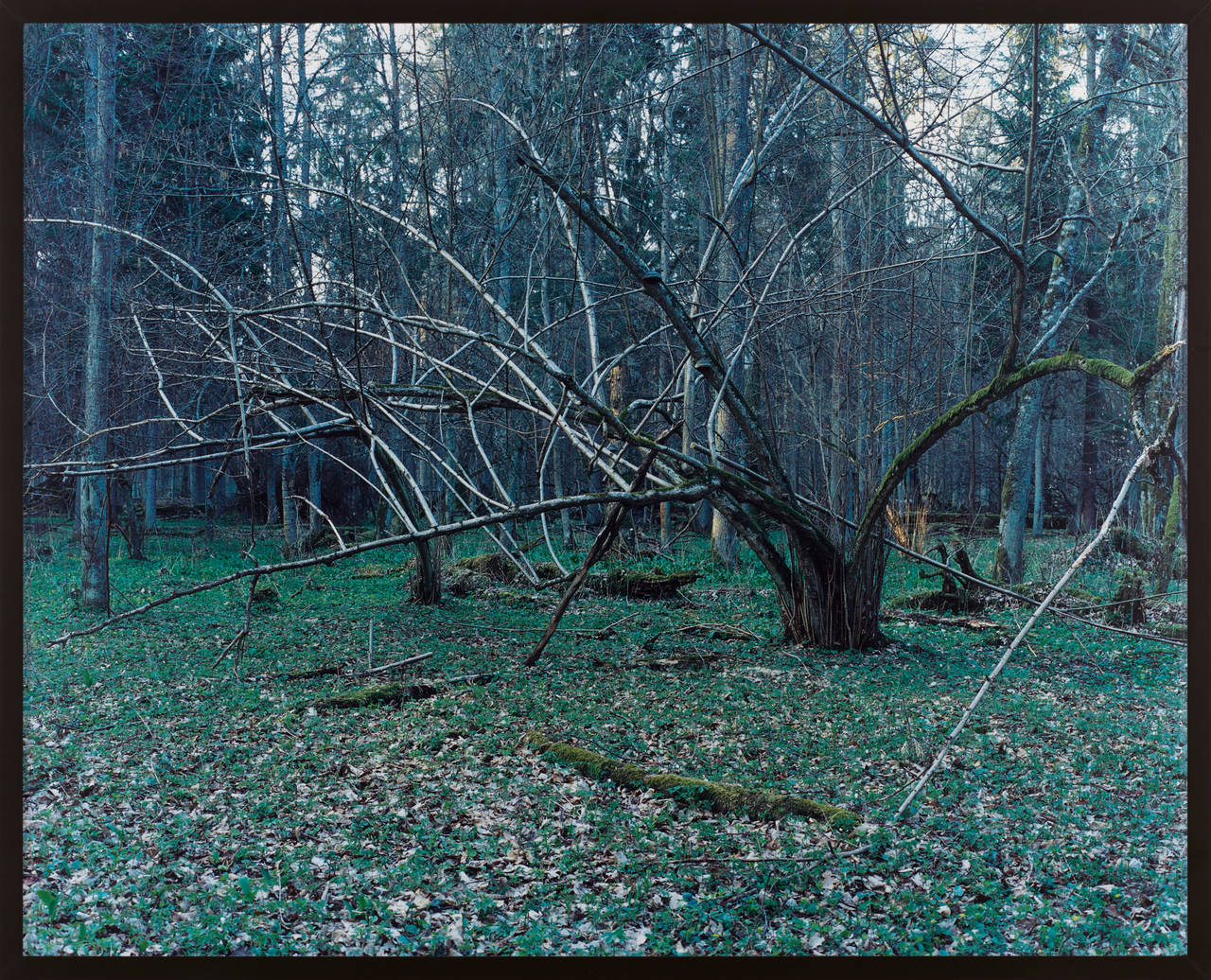
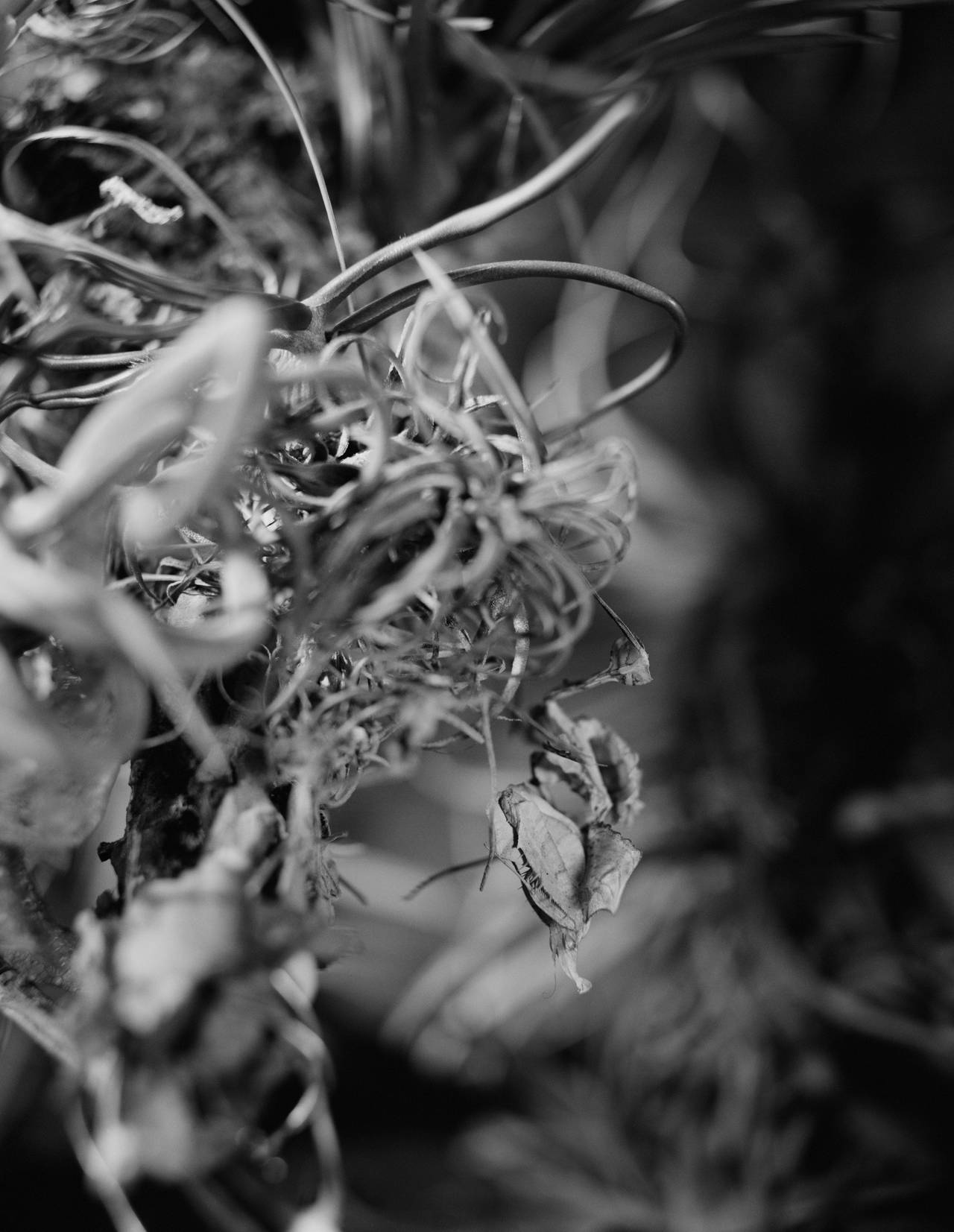
NATALIE WICHMANN: “Your second work on show at the SCHIRN is ‘Idolomantis diabolica,’ a black-and-white photograph of a praying mantis. Do you remember when you saw your first praying mantis?”
JOACHIM KOESTER: “Well, I don’t think I’ve ever seen one in nature. I think the idea for the praying mantis series came from another project, ‘From the Secret Garden of Sleep,’ a series of photographs of cannabis plants did in 2008. One of the photos evokes a praying mantis. It really looks a bit insect-like. On the other hand, I came to praying mantises through a Kung Fu style based on the praying mantis. In Kung Fu, the mantis becomes a vehicle for developing hidden powers of the human body. You can get somewhere else with your body and with your mind. You can adapt some of its qualities, become invisible, fast, even telepathic. I’m also interested in the praying mantis as an image for the extraterrestrial creatures in ‘Aliens.’ They even hang upside down like a mantis. So the mantis combines all of these images in one: It looks a little bit like a human being, has the personality of a little dog, and also lends its looks to the alien, a space creature with supernatural powers. It’s like the Bialowieza forest in that it is many images wrapped in one.”
It looks a little bit like a human being, has the personality of a little dog, and also lends its looks to the alien.
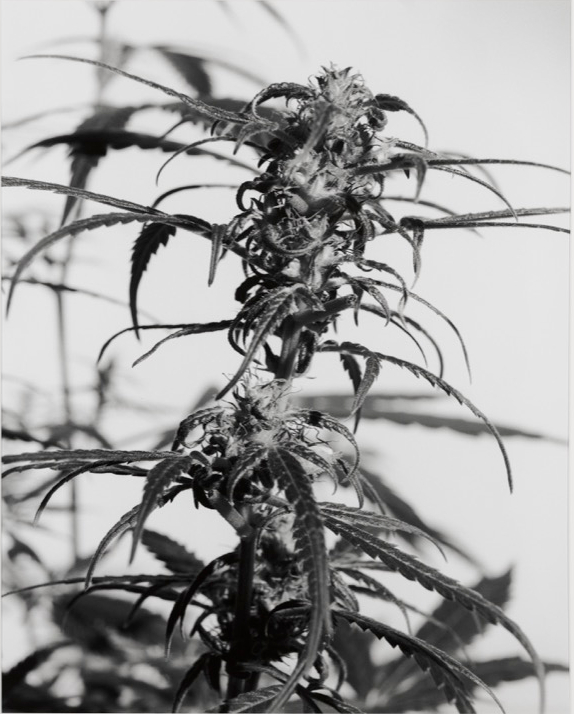
NATALIE WICHMANN: “That’s an interesting thought. Both the forest and the mantis are a kind of ‘wild’ thing. Do you think ‘the wilderness’ is something that will be a topic for art in the future?”
JOACHIM KOESTER: “Well, I think there are many kinds of wilderness: In the 19th century, the uncharted places on the globe were a geographic wilderness for Western civilization; people would go to the jungles, the deserts, or the polar ice fields in order to discover and conquer new lands. In the 20th century the wilderness was instead located on the inside and conquered by the likes of Sigmund Freud. So, today’s wilderness might be the Internet, the digital world with all sorts of spirits that populate it. It’s these places where we meet and learn something, it’s what we project into them that gives them a certain meaning, and that meaning sometimes blows up in our face.”
After we said our goodbyes and the screen went dark again, I started researching some of the projects and people that Koester mentioned. An hour into my research, I get an email from him, including a YouTube link, saying: “It’s the name of a song by Bauhaus – their debut single – it’s a nice song from 1979 and good lyrics, very Goth...goes well with mantises and ancient forests.” It takes me a moment to connect the dots: He’s referring to the graffiti phrase “Bela Lugosi is dead” that we talked about at the beginning of our conversation. I click on the link and while the first slightly strange sounds waft out of the stereo I couldn’t help but wonder if today was the day we planted the seeds that one day will grow into a new interest, a new project about the actor who played Dracula.
